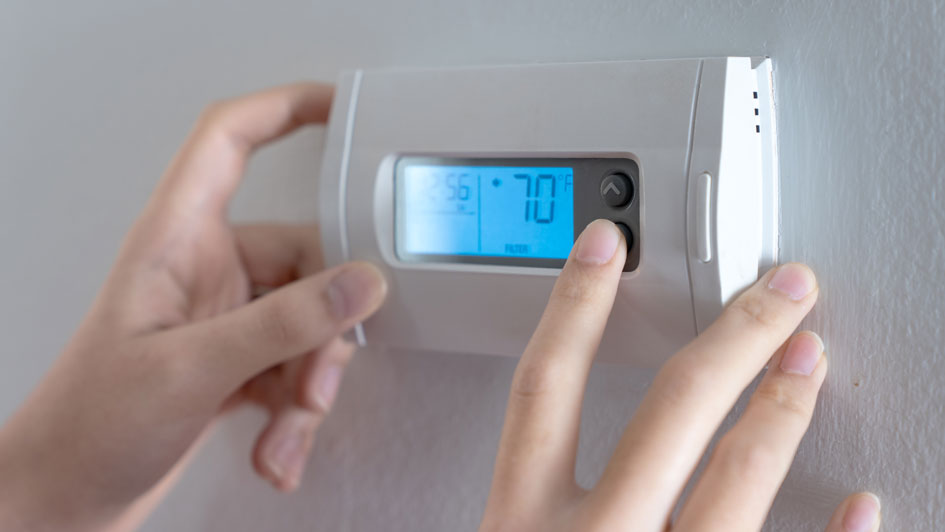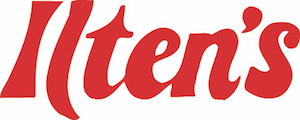
We all like saving money on our monthly utility bills, but it just so happens there’s a way to do it when you aren’t even home.
It starts with your thermostat. By making the most out of your thermostat, you can tailor the temperature to your needs. That means you can have different temperature settings for when you’re at home, away or even when you’re sleeping.
With a few simple adjustments, you can enjoy comfy temperatures while keeping more money in your pocket. Here are some ways your thermostat can be a source of energy savings:
While at Home
Pretty much whenever you're home, you want a nice range of pleasant temperatures. For the most part, you probably have your thermostat lower in the summer if you're indoors to appreciate the cool air.
But in terms of energy efficiency, the best range for when you're in your home during the summer is usually between 78 and 80 degrees Fahrenheit. By adjusting things a few degrees, you'll avoid the worst of summer while still lowering your monthly energy bill.
While Away
If you're setting the temperature for whenever you're gone, it’s advantageous to set the thermostat higher than you would if you were in the house.
If your home is located somewhere a little cooler, you can set the thermostat to temperatures as high as 88 degrees while no one is home before you adjust it back to the sweet spot of 78-80 degrees when you or a family member return. This way, your air conditioning unit won’t be working overtime to keep an empty house cool.
While Sleeping
For a full night's rest during summer weather, you want a nice cool temperature. You should try and keep things between 68-72 degrees Fahrenheit. There's less risk of getting too hot or too cold at some point overnight.
Other Strategies for Lowering Energy Use:
- Install a smart thermostat: Switching to a smart thermostat in the summer can lower energy costs by automatically adjusting to your lifestyle and home environment. They can lower the temperature while you are home or sleeping, while allowing it to get a little warmer when the house is empty. With reliable brands like the Lennox iComfort, you can adjust the temperature remotely through your smartphone, tablet or laptop. Planning smart thermostat installation in your Cedar Rapids home is an effortless way to set the correct temperature even when you aren’t home.
- Upgrade your HVAC system: Upgrading your HVAC system saves money right from the start. By investing in a more energy-efficient system, your utility bills will be lower because it requires less energy to achieve comfortable temperatures. Air conditioning installation in Cedar Rapids is only a phone call away, so don't hesitate to reach out to local pros like Ilten's who can set you up for success.
- Stay on top of routine AC maintenance: Whether or not you keep up with regular air conditioning maintenance in Cedar Rapids can have a serious effect on your total monthly energy use. If you stay on top of cleaning key components like the coils, checking for damage and clearing ventilation of dust and debris, this can help your HVAC system perform better during day-to-day use.. Increasing efficiency also limits strain on the unit and lowers operational costs, leading to lower energy usage, which translates into lower energy bills.
- Clean or replace the air filter on a regular basis: Cleaning or replacing the air filter regularly saves money by keeping airflow as smooth and consistent as possible. When filters are clogged with dirt and debris, an AC unit has to work harder, and the strain can reduce the system’s life span and cause breakdowns.
- Verify your attic has enough insulation: Insulation is one of the key components in any energy-efficient home, securing the hot air outside and the cool air inside during the summer. The North American Insulation Manufacturers Association (NAIMA) recommends that homes in the southern United States should have at least 13-14 inches of insulation, while colder climates do better with 16-18 inches.
- Inspect your ductwork: A leak in the air ducts could increase your energy bills much more than 20 percent, plus it can also lead to problems with your water heater, clothes dryer and other appliances to get into the atmosphere of your home. Finding any leaks fast and sealing them can fix both of those problems.
- Seal all other leaky spots in your home: Sealing up other leaks in your home with caulk, foam sealant or weather-stripping keeps temperatures a little cooler on hot summer days. Don't forget to check for any gaps around windows, doors and even outdoor fixtures. Devoting time and effort to sealing leaks now can help you save a lot in the long run.
